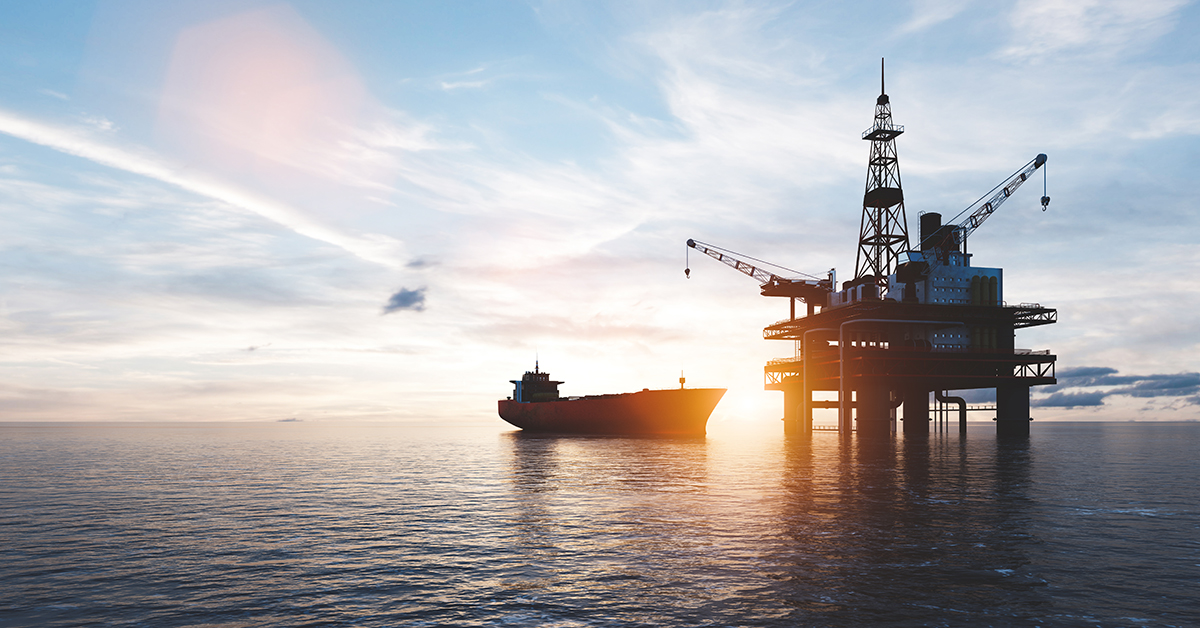
In terms of dollar value, the oil and gas industry is one of the biggest sectors on a global scale. Needless to say, oil is essential to the world’s economic framework, most especially to the leading countries where oil is sourced: the United States, Russia, Canada, China, and Saudi Arabia.
Beginner investors may easily be overwhelmed by the unique metrics and complex jargon used in oil and gas operations. This article will help you understand how the industry is broken down into 3 parts and will explain each in detail.
Upstream
This is a term for operations in the industry that have anything to do with the exploration and production of natural gas and oil. Upstream businesses search for reservoirs of raw materials and extract them. They deal mainly with the initial production stages – drilling and bringing oil and gas to the surface. The upstream firms are often called E&P businesses, a shortened term for exploration and production.
This segment is typically characterized by high investment capital, extended duration, high risks, and being technologically intensive. The majority of statement line items and cash flow of these businesses are directly linked to oil and gas production.
Midstream
The midstream segment is mainly focused on anything that is required to transport and store natural gas and oil. Midstream companies are responsible for moving extracted oil and gas to refineries for processing. They include all the infrastructure necessary to transport these resources in long distances, like tank trucks, pumping stations, transcontinental tankers, and retail tank cars.
Midstream businesses are normally characterized by trucking, shipping, storing of raw materials, and pipelines. They are also marked by low capital risk and high regulation. Naturally, this segment depends on the success of upstream firms.
Downstream
The final segment is referred to as downstream. They are refineries – companies responsible for refining oil and gas and turning them into the many finished products people rely on every day, like jet fuel, gasoline, asphalt, and heating oil.
Oil and gas are composed of long-chain hydrocarbons that are utilized to create far less obvious, but similarly essential products, like synthetic rubbers, containers, preservatives, and plastics. Downstream companies also play an important role in the agriculture and medical fields. Logically, an abundance of supply in oil and gas in the upstream sector may benefit downstream firms.
In conclusion, upstream, midstream, and downstream oil and gas operations are three related parts, since they refer to an oil and gas company’s location in the supply chain. Upstream is all about extracting oil and gas, midstream involves transporting, processing, and storing them, and downstream is converting these precious resources into finished products for the general public’s consumption.
Sources:
“Global Biggest Industries by Revenue in 2021,” IBIS World, https://www.ibisworld.com/global/industry-trends/biggest-industries-by-revenue/
“Introduction to Oil and Gas Industry,” Oil & Gas IQ, https://www.oilandgasiq.com/strategy-management-and-information/articles/oil-gas-industry-an-introduction
“Upstream, Midstream and Downstream – Understanding the Three Petroleum Markets,” Petro Online, https://www.petro-online.com/news/fuel-for-thought/13/breaking-news/upstream-midstream-and-downstream-ndash-understanding-the-three-petroleum-markets/32165
“Downstream: Refining and Marketing,” Library of Congress, https://guides.loc.gov/oil-and-gas-industry/downstream
